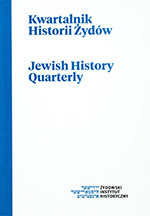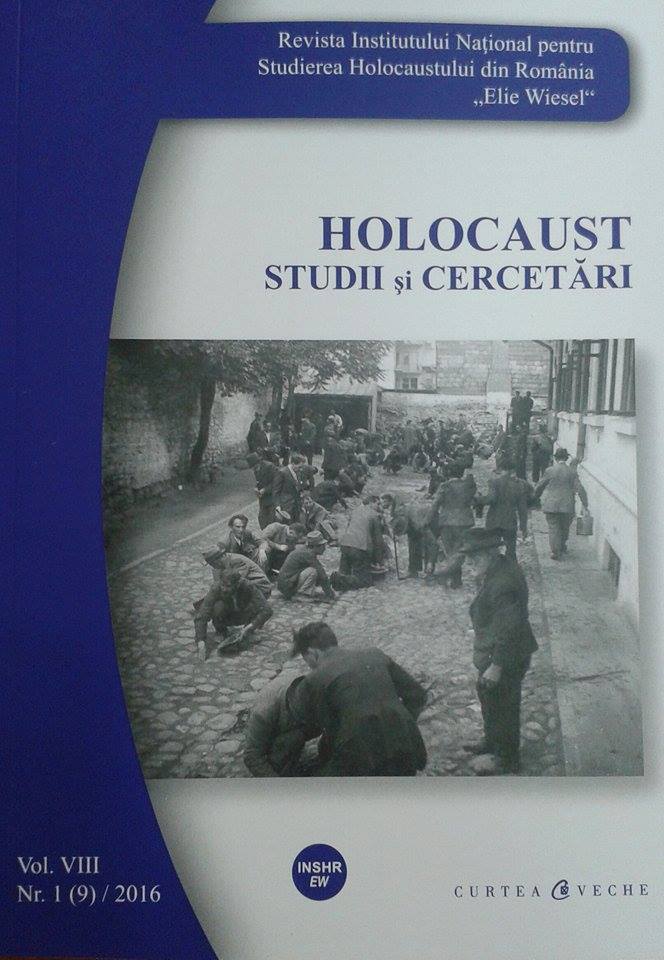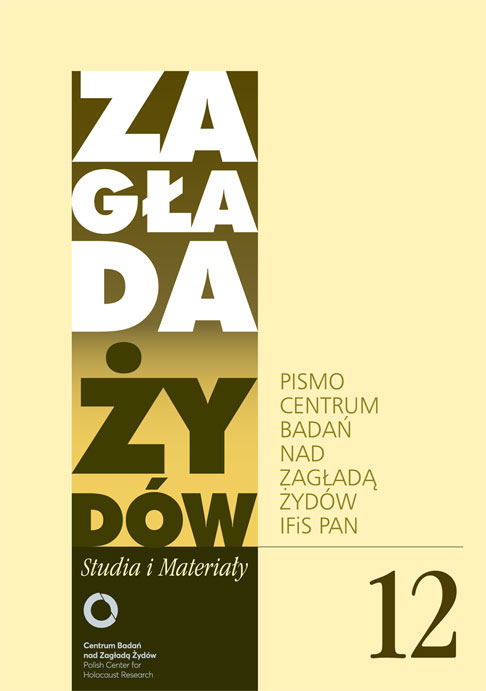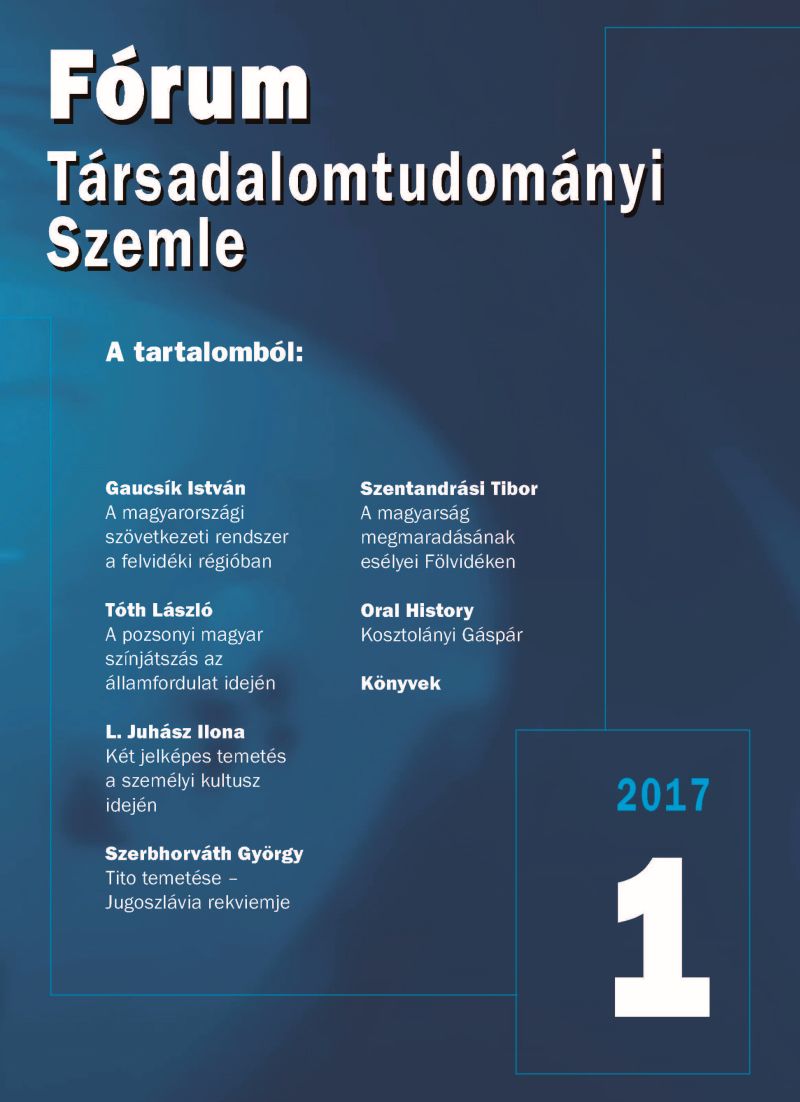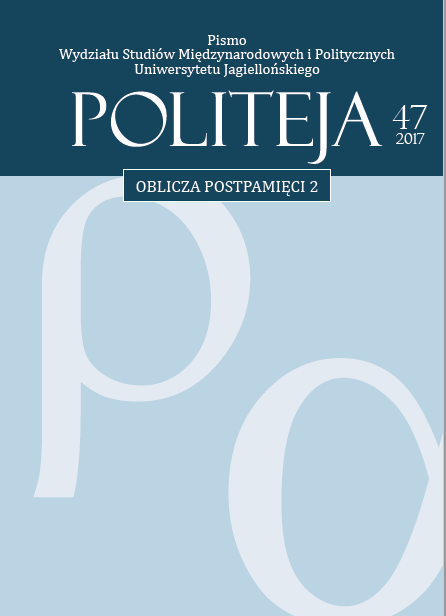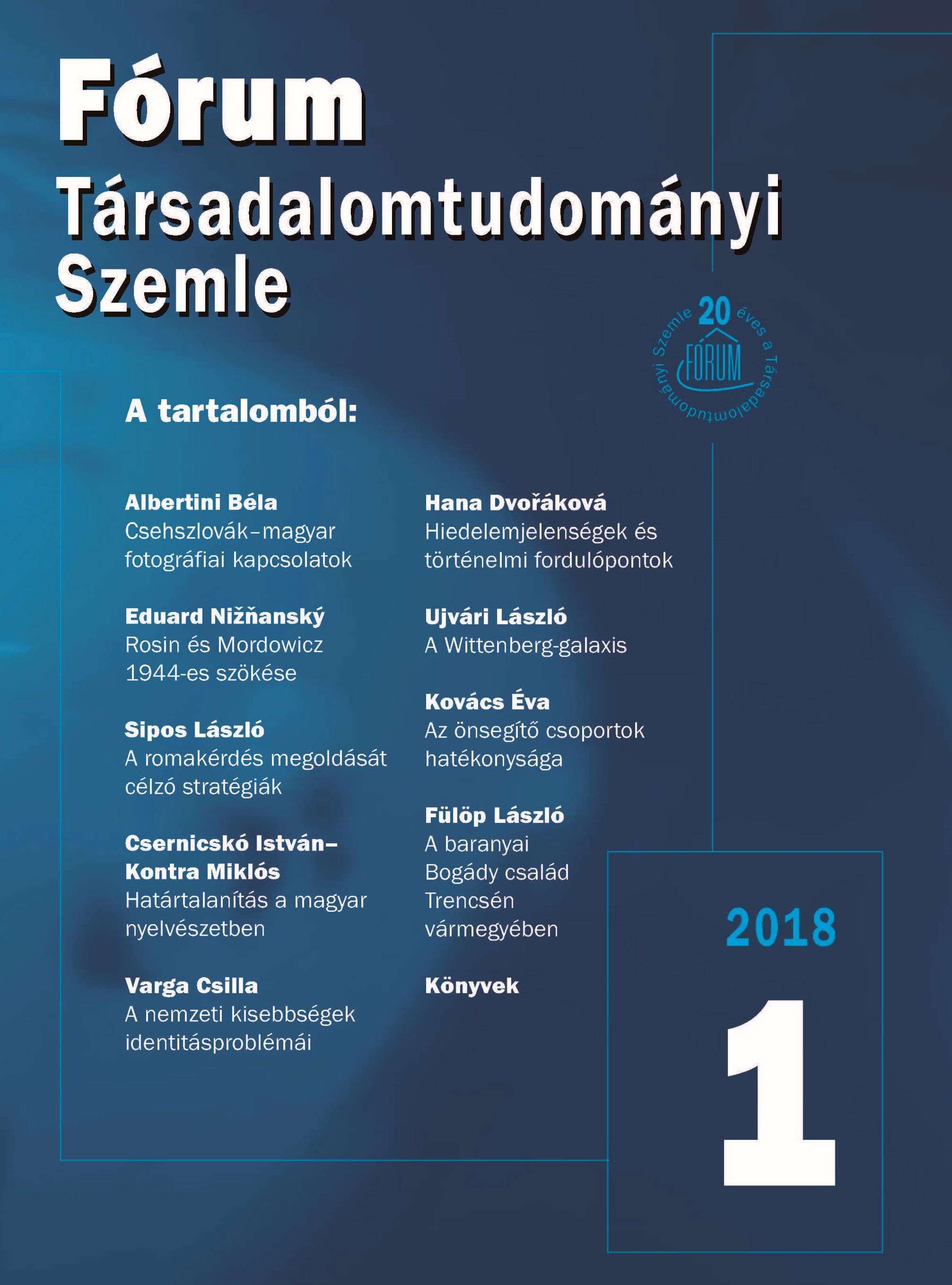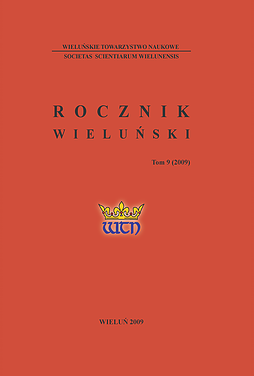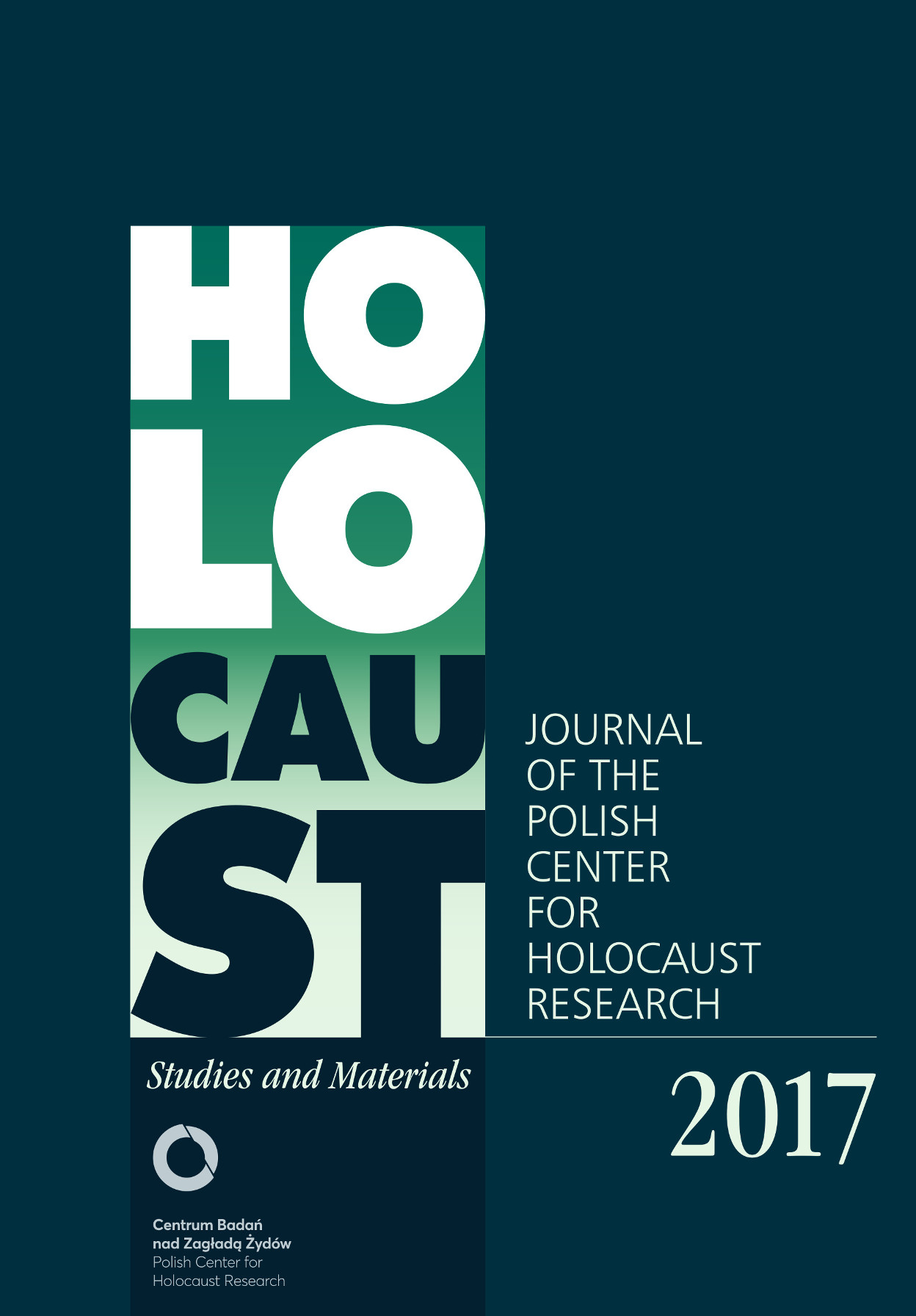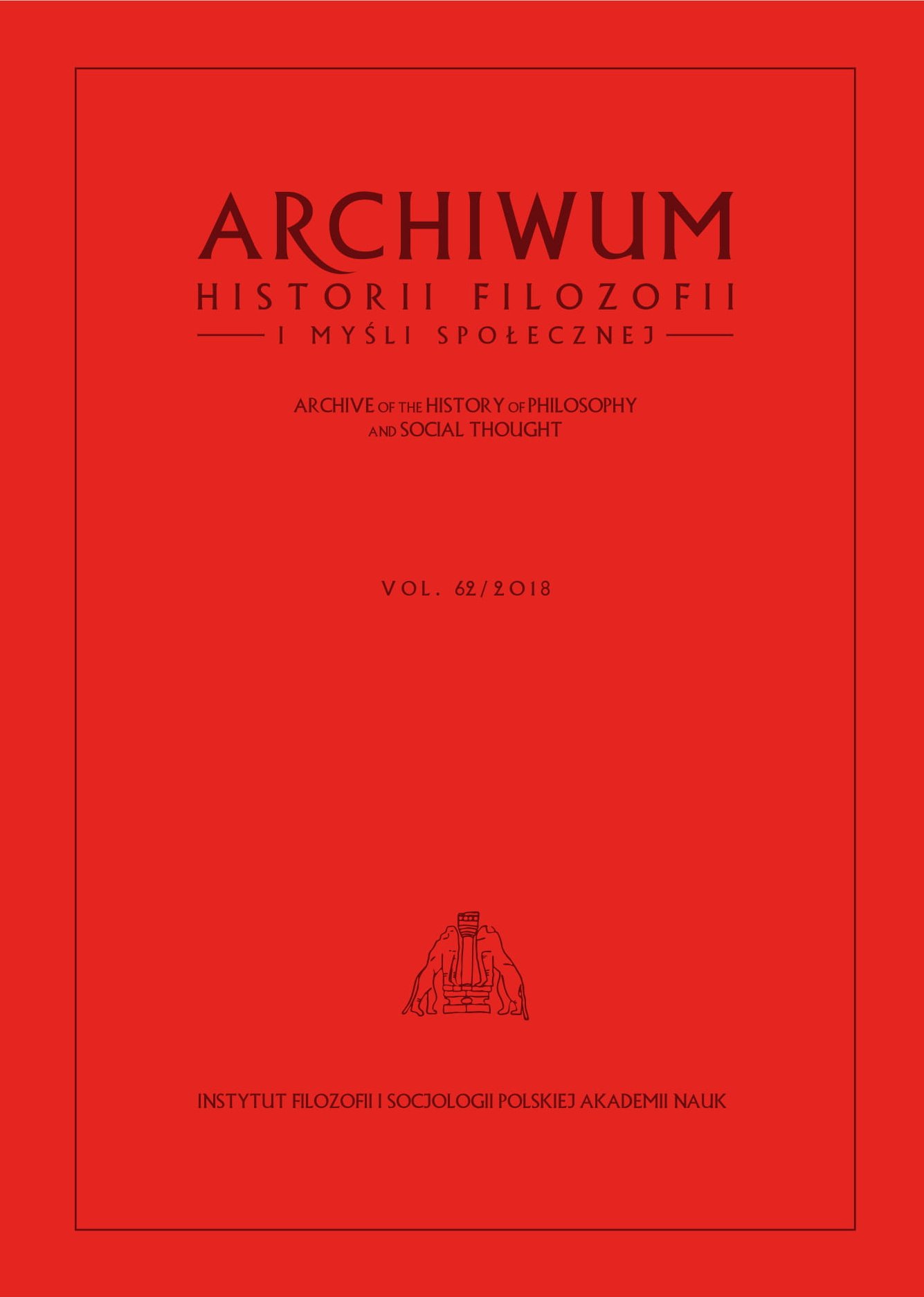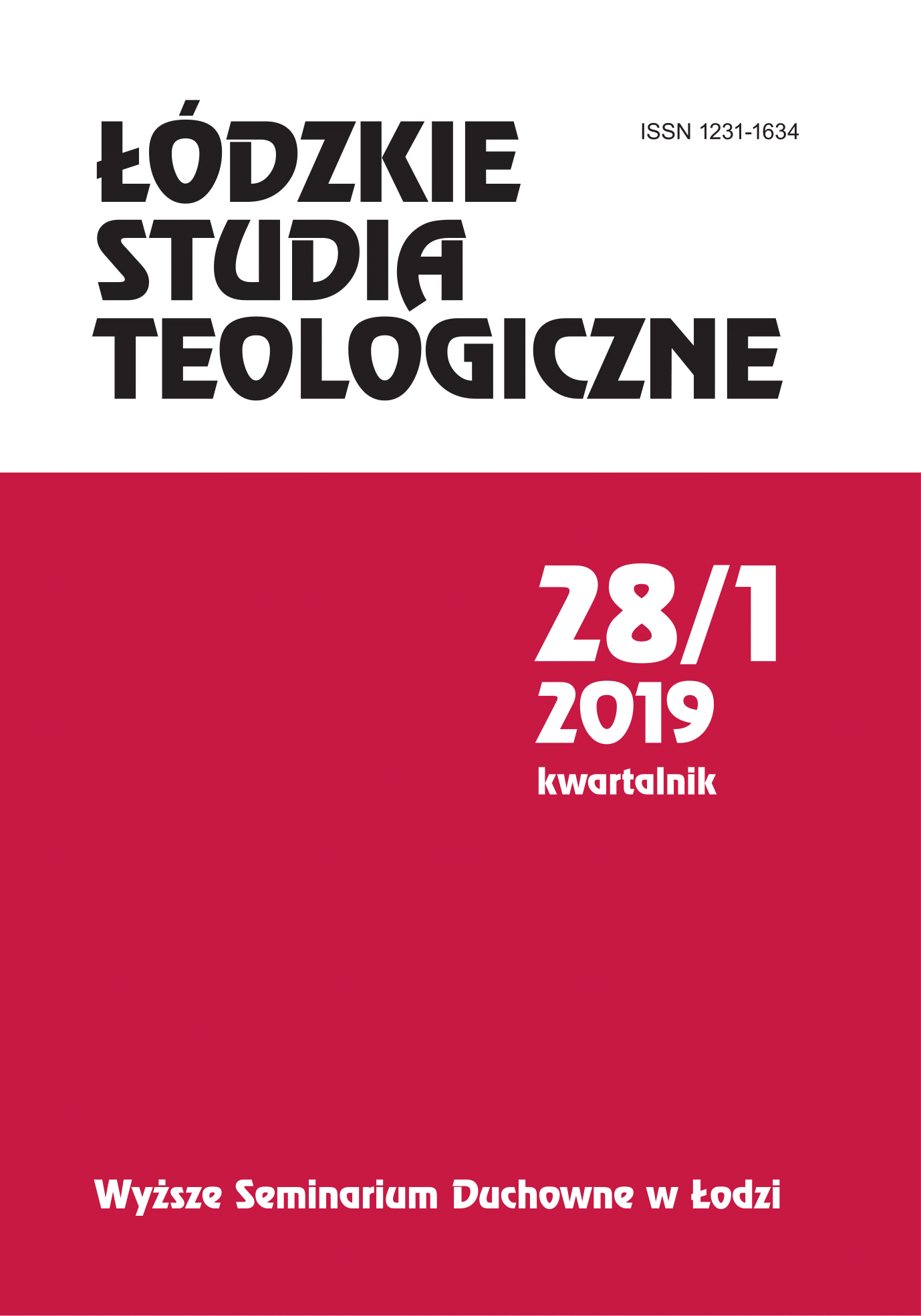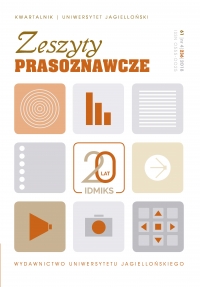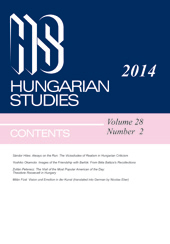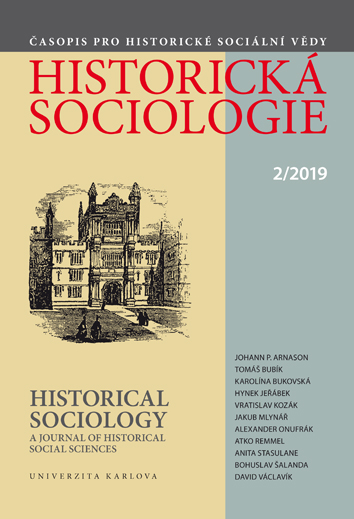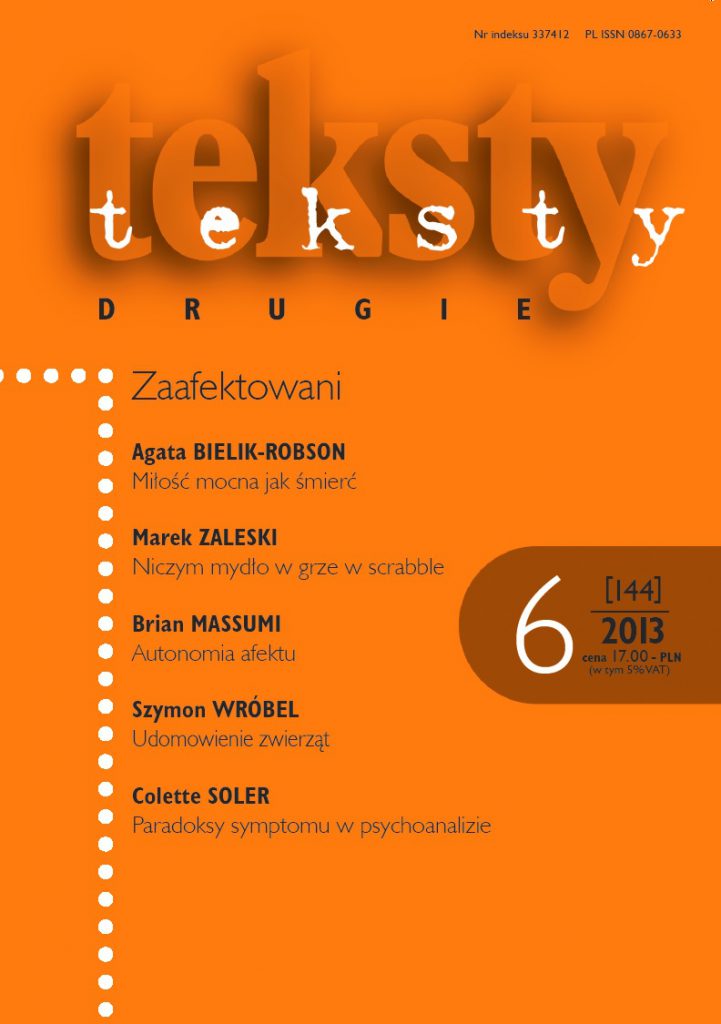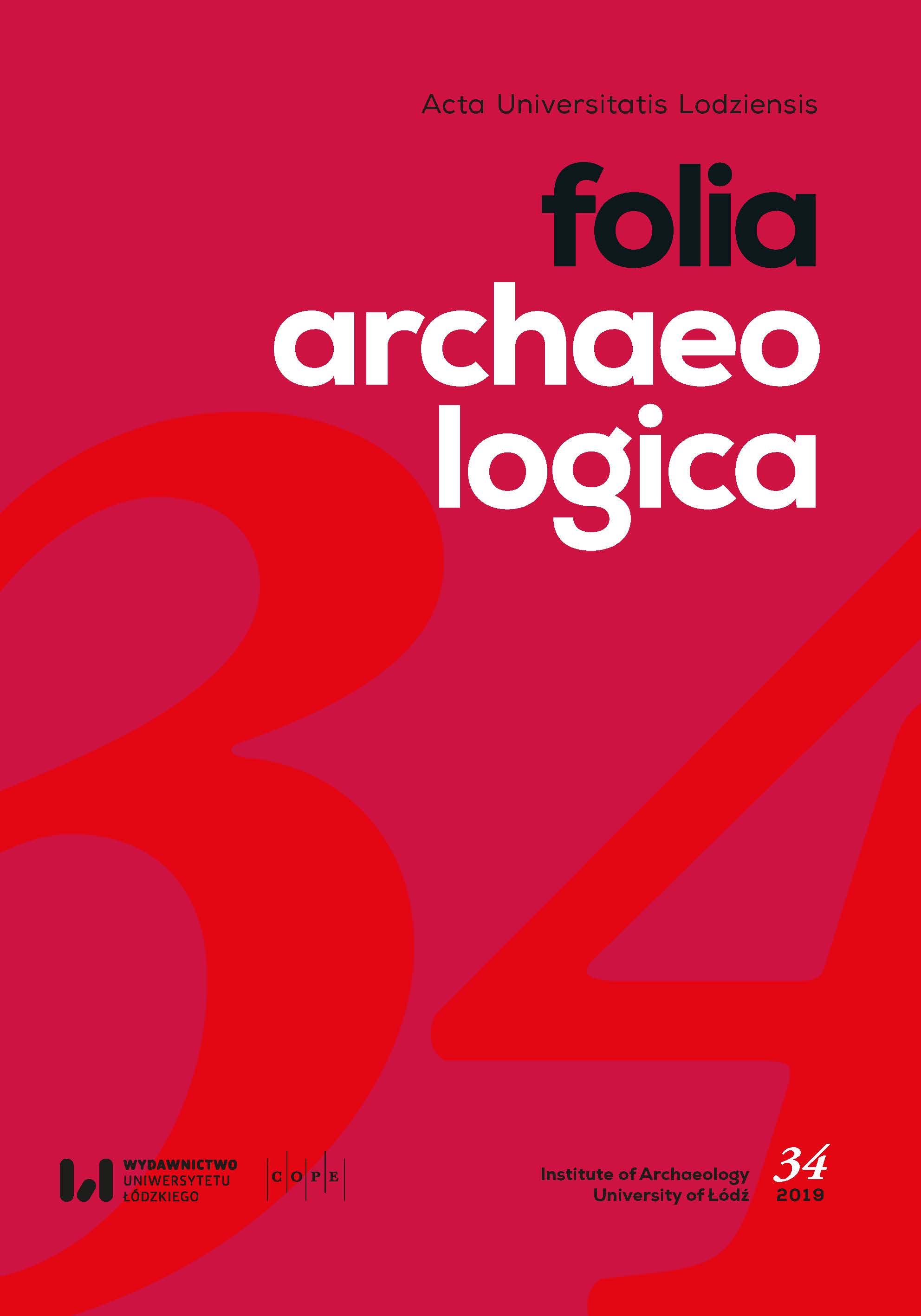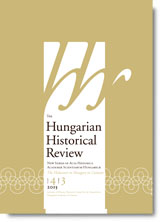Images of Bucharest Pogrom (21st - 23rd January 1941)
This research is set to analyze and reinterpret the image of the Bucharest pogrom: both as documentaries and photos that become a symbolic code. Working at a visual data base of the event reveal that this is the most visually documented event of the Holocaust in Romanian context, changing the known facts till 5 years ago1. A Jewish viewpoint in capturing the Holocaust on film is extremely rare (e.g. the ghetto in Lodz photographed by Mendel Grossman), and the Jewish evidence - photographs of the Bucharest pogrom should be reinterpreted from this perspective.
More...
